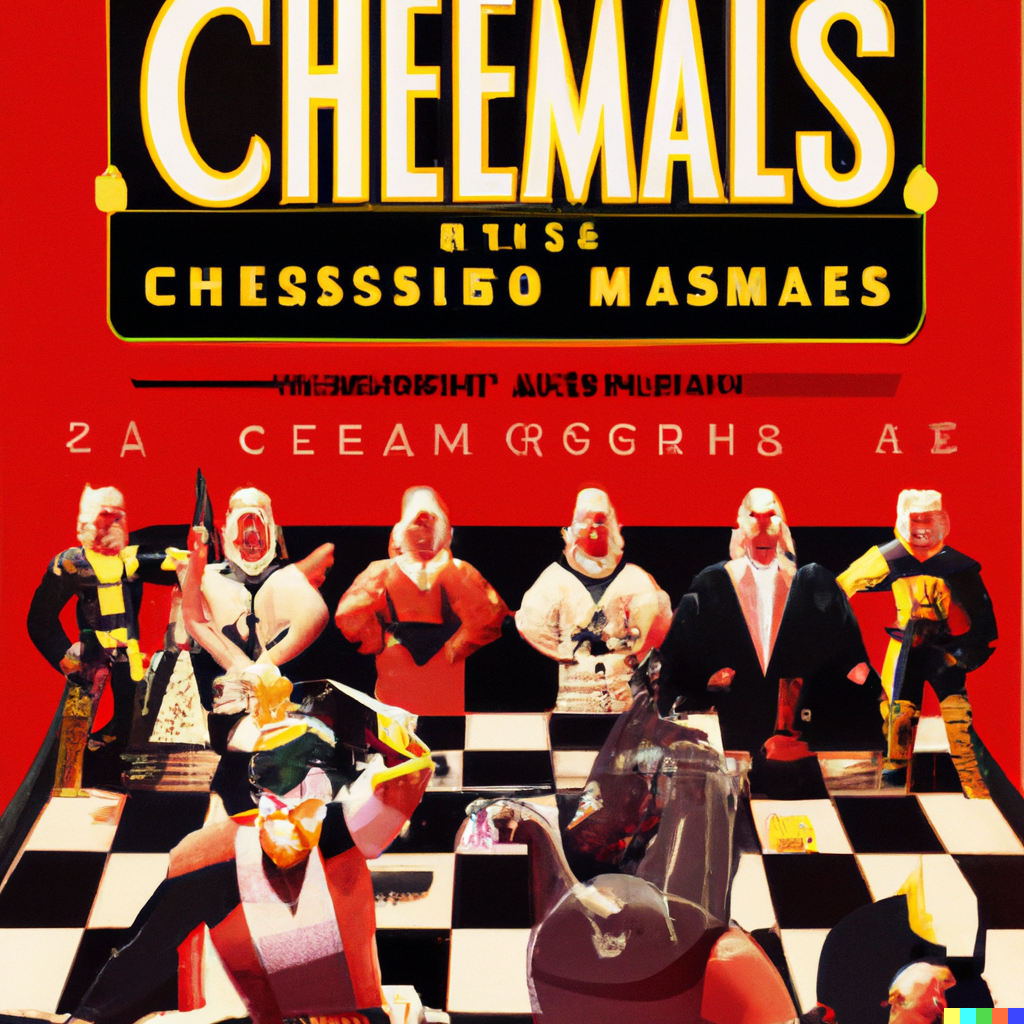
The Great Conflict
In the tumultuous decades of the 1970s and 1980s, the world found itself plunged into the Great Conflict—a period marked by the splintering of nations and the emergence of new entities, often orchestrated by corporate enterprises seeking to amplify their political influence and wield their power more decisively. During this era, leaders of nations globally reached a consensus on the method to resolve this conflict: a unique fusion of mental acuity and physical prowess, epitomized in the form of Chess-wrestling.
With the inception of the Chesslemania, people worldwide began selecting champions to represent them in this extraordinary tournament. However, unbeknownst to the populace, Chesslemania served as a cunning ruse employed by corporations. It presented a seemingly legitimate avenue for determining political dynamics, yet its true purpose was to manipulate them to corporate advantage. The culmination of this subterfuge, etched into memory as the Bloody June, witnessed the corporations imposing their will upon the world.
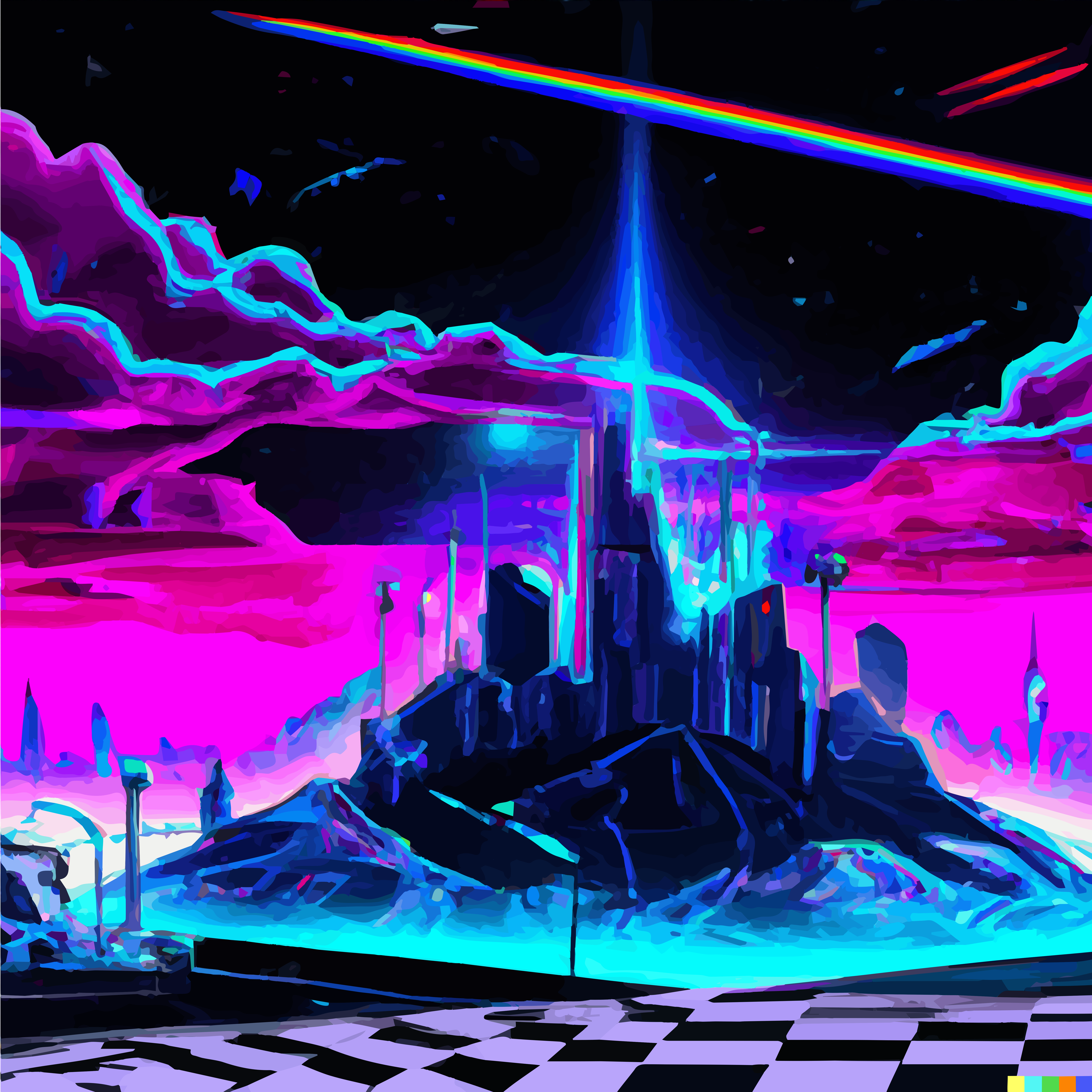
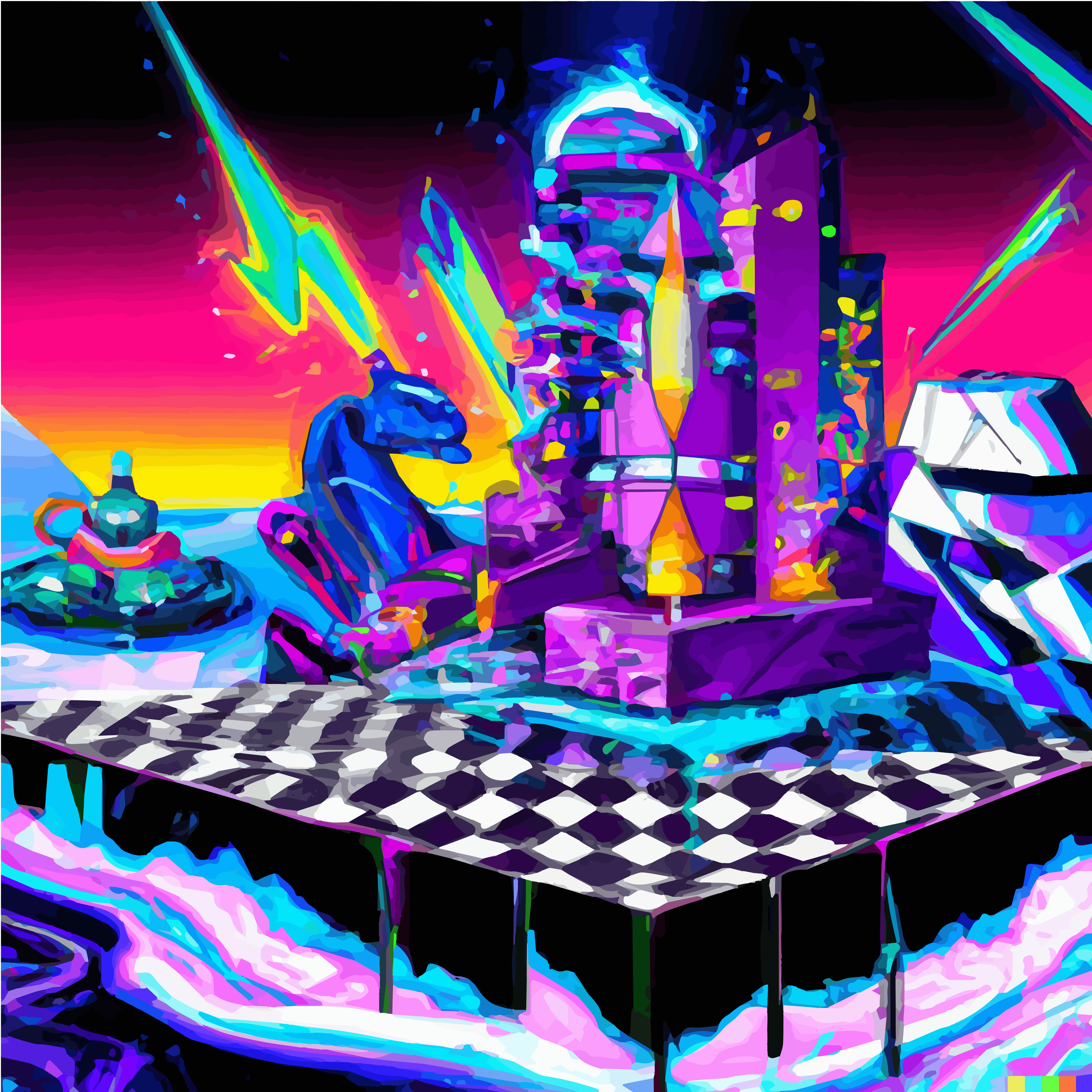
Chess City
In the aftermath of the Great Conflict, profound changes swept across many regions, compelling masses to relocate to the stability of the New World’s cities. The triumph of Corporate Enterprises resulted in the fragmentation of nations, with societal control wrested away by the affluent elite occupying the executive suites of major corporations. This swift transformation gave birth to mega-cities and witnessed the abrupt decline of rural areas, as corporations mandated short commutes from residential to workspaces within urban landscapes.
Despite this world becoming increasingly work-centric, remnants of the Great Conflict’s resolution persist. Chess has emerged as a prevailing method to settle disputes, giving rise to gangs and the popularity of chess wrestling as a means to exploit the vulnerable. Yet, within this landscape, a glimmer of hope remains. More individuals are joining the Freedom Fighters each day, wielding the corporations‘ own weapon against them and conspiring to reinstate a global nation. Their goal is to liberate people from the shackles imposed by the unrestrained machinery of hyper-capitalism.
Meanwhile, in the heart of Chess City, a dystopian mega-city firmly under the control of powerful corporations, a rebellion stirs quietly among its citizens. Once, the city’s birth was decided by the outcome of Chesslemania—a tournament where the victor claimed the right to power. However, the corporations, cunning and manipulative, made Chess City the epicenter from where they perpetuate their dominance.
Against the backdrop of flickering neon lights and towering steel skyscrapers, a clandestine gathering unfolds in the shadows of forgotten alleys. United by shared disdain for the corporate stranglehold, a group of dissidents hatches a daring plot. Their aim is to challenge the rulers at their own game, preparing for a chess tournament to reclaim the city’s destiny.
Word spreads like wildfire through the city’s underbelly, whispers of hope kindling the flames of resistance. As night fell on December 9, players emerged from the metropolis’s depths, each a pawn in the rebels‘ movement. At the beginning of the last quarter of that day, the chessboards of Chesslemania’s night became battlegrounds for strategy and liberation—a symbolic gesture against the corporations‘ cold and calculated control.
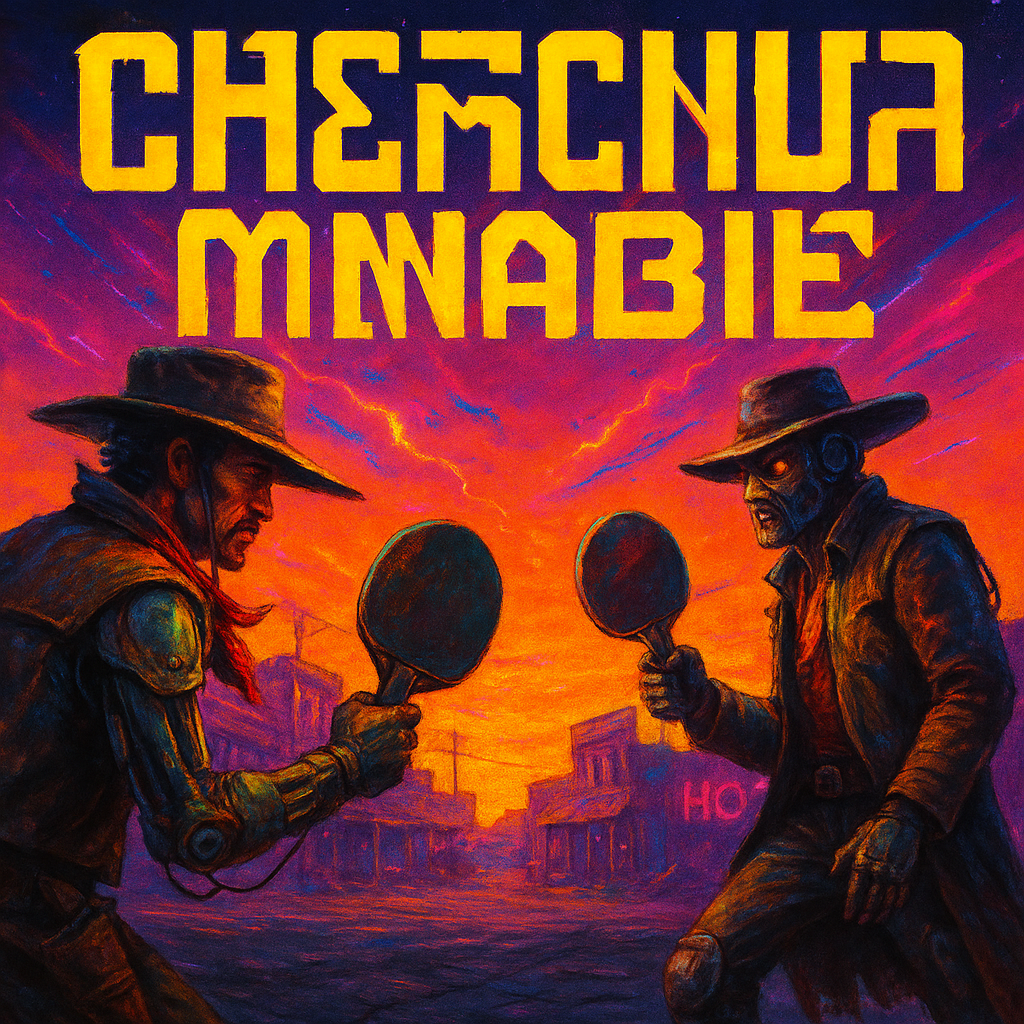
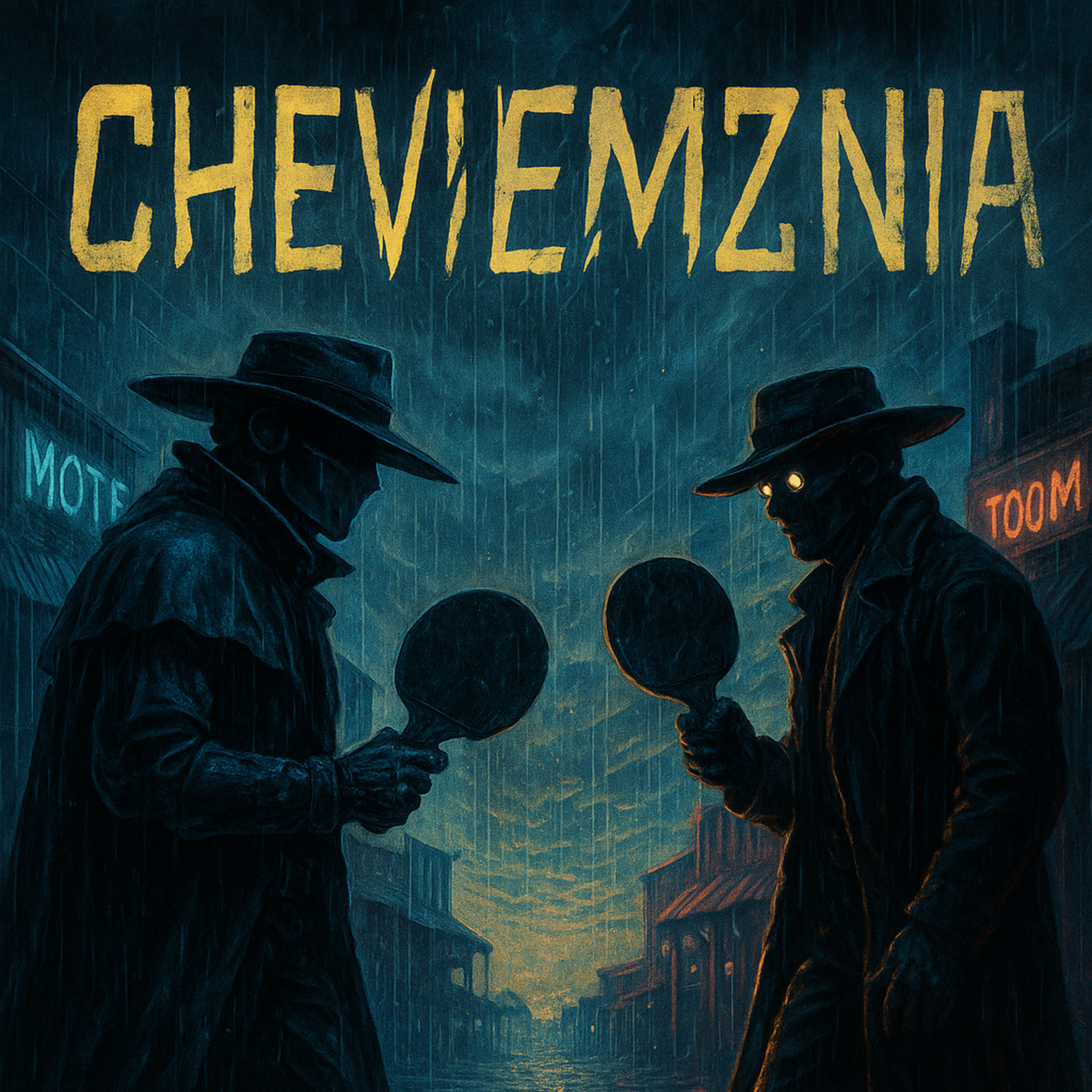
The Desert of Silence
After the crushing defeat of the rebellion in Chess City, the corporations acted swiftly and mercilessly. Chess was outlawed as an act of treason. Institutions were dismantled, public boards vanished, and the very materials of the game were hunted down and destroyed. A cultural purge swept across cities and towns alike, and those who once held chess pieces now held their breath in fear. Only fragments of the game survive—smuggled across borders, hidden beneath floorboards, and passed down like sacred relics of a forbidden faith.
With the world under tighter corporate rule, people fled rural life for the false security of the cities. What they left behind became dry bones—ghost towns stripped of industry and oversight. Vast stretches of desolate land sprawled between corporate mega-cities, forming a cracked and sun-bleached hinterland. In this void, lawlessness bloomed. Warlords rose, gangs seized control, and anarchic factions carved territories into dust. These Wild Zones became both battlegrounds and breeding grounds—for criminals, for rebels, for anyone forgotten.
Amidst this collapse, the rebellion took pause. Their failure had been absolute. Blitz chess could offer them no salvation—only regret. In whispered postmortems of the loss, one truth echoed louder than the rest: “Too weak. Too slow.” Chess, once the symbol of their strategy, had become the emblem of their inertia.
So they turned to something faster. Table tennis—a duel in motion, a storm in the space of seconds. With each flick of the wrist, they found a new rhythm. A new weapon. One that punished hesitation. One where drawing faster than your shadow could mean the difference between control and collapse.
Now, a new tournament is taking shape—scattered across abandoned lots, lit by neon ruin and desperation. Its stakes are no longer symbolic. Fighters, rebels, and criminals alike are drawn to its call. Each enters with their own cause, but only one may emerge as the champion. And through the thwack of plastic and the blur of motion, a single truth takes hold: the corporations may have buried chess, but they’ve only taught the world how to move faster.